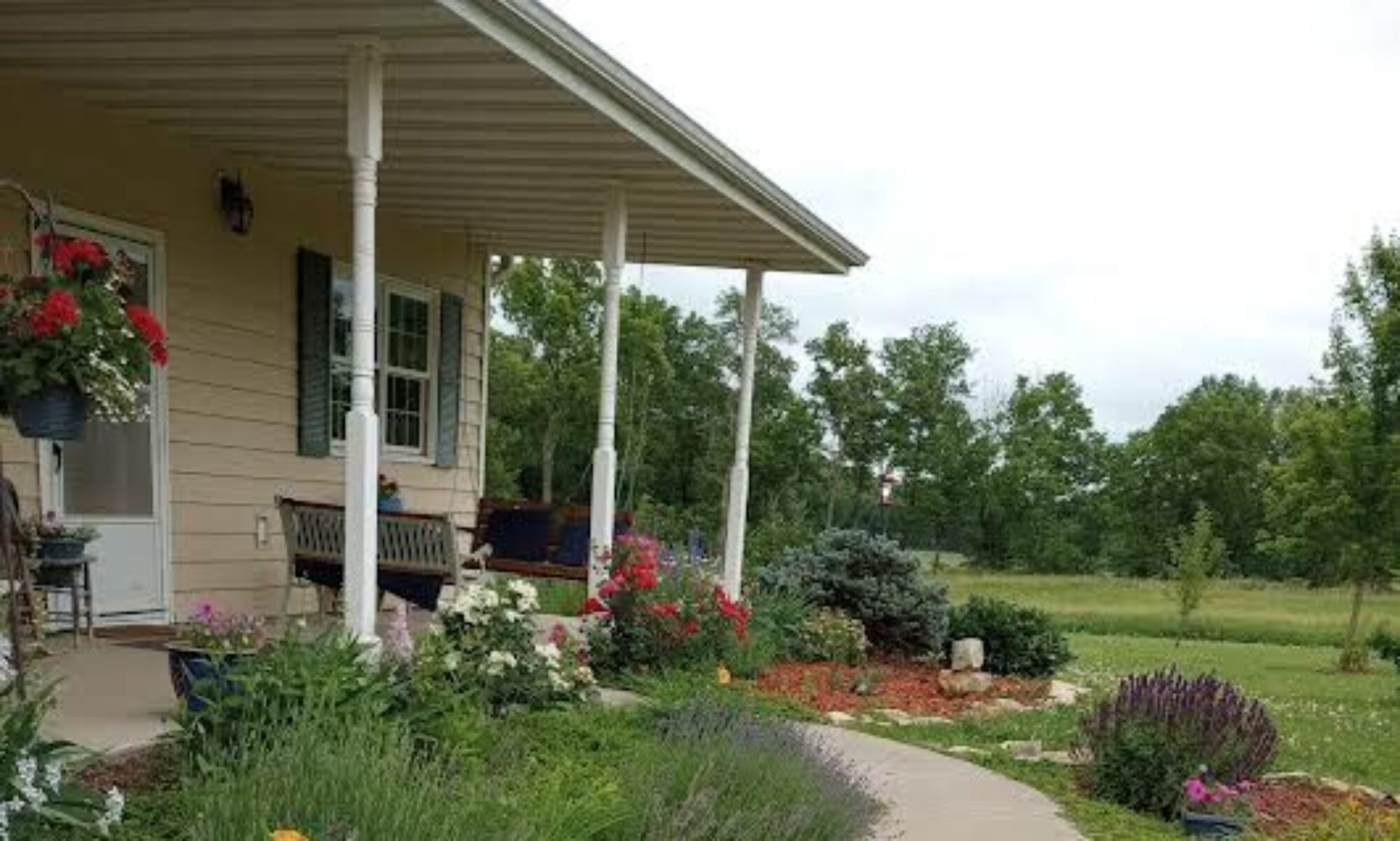(continued from last post)
At the point when I began calling her Blind Mama, she was following the flock by listening to the sound of their movement, but when they stopped to graze, she would lose them. Hence, in order to figure out where they were she would constantly bleat. At first several would respond to her. I could hear them calling back to her, and hear her responding until she was once again in proximity and safety with the others. But occasionally they would leave her alone in the pasture and come back to the barnyard for water or shade.
This day, evidently, none of the flock was responding to her cries, and she was desperate. It was time for me to find a new strategy. As I untangled her from the thicket and led her down to the barnyard, I began to devise a plan.
I would be the leader. I would take them to pasture. Blind Mama would follow me, and the rest of the flock would follow Blind Mama.
In the beginning I started with a little grain and a halter. She knew my voice, so I would talk to her. “Come Mama, come Mama, here girl.” Quickly she caught on. She would follow closely listening to my voice and the rattle of the grain. Over a period of time, I no longer needed a halter or the grain. My voice was enough. Mama would put her nose against the back of my knee and she would follow me where ever I led. The rest of the flock quickly caught on. We were now a team, Mama and I.
One evening I was switching them to another pasture. Instead of going down Kitten Creek Road, where traffic might be a safety factor, I decided to take them up across the pasture, down into the hard wood forest, along a ravine on a narrow path, and down into the pole shed pasture. Mama and I led the way. “Come girl, come Mama,” I repeated over and over as we made our way up the steep hill to the pasture. Sixteen sheep followed us. Mama, with her nose in the back of my knee was once more the leader. She had no idea where we were going, she did not even realize that she was in danger as we walked the narrow path of the ravine. Her faith was in me and she blindly followed. And the rest of the flock obediently trailed.
Walking across the pasture that evening I had a very clear epiphany. I had been struggling with a sense of inadequacy in that period of my life. I had been given responsibilities and leadership that I did not feel equipped to handle. “I am not a leader. I don’t have the answers others are looking for. I am not wise,” seemed to be a mantra I was continually telling myself. “But . . . look at this little parable that is happening right now. Look how confident these sheep are in my leadership. I am like Blind Mama. I can follow God like she is following me. With trust, confidence, and faith. As long as God is my leader, I and anyone else who may be following me will be safely led into His green pastures.”




